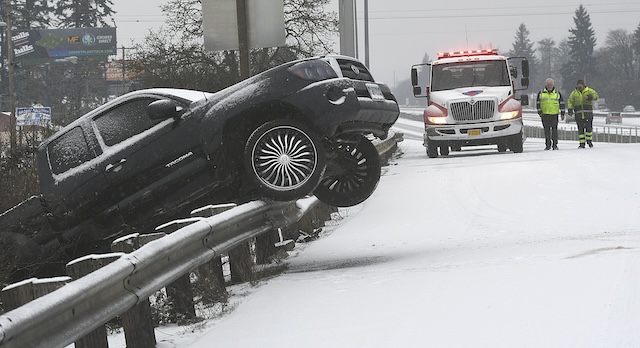FDA clarifies sunscreen labels
Published 5:00 am Wednesday, June 15, 2011

- FDA clarifies sunscreen labels
WASHINGTON — Help is on the way if you’re confused by the maze of sun protection numbers and other claims on sunscreens.
Starting next summer, you can start looking for SPF 15 bottles and tubes with the label “broad spectrum” and feel confident they’re lowering your risk of skin cancer.
Under new rules published Tuesday, sunscreens will have to filter out the most dangerous type of radiation to claim they protect against skin cancer and premature aging. “Broad spectrum” is the new buzzword from the Food and Drug Administration to describe a product that does an acceptable job of blocking both ultraviolet B rays and ultraviolet A rays.
If a sunscreen doesn’t protect against both, or the sun protection factor is below 15, then it has to carry a warning: “This product has been shown only to help prevent sunburn, not skin cancer or early skin aging.”
The guidelines, which spent more than 30 years in bureaucratic limbo, are designed to help consumers like Paul Woodburn, who says he’s not sure of the difference between UVA and UVB rays and that he judges sunscreen solely by the SPF number.
The new regulations require that sunscreens be tested for the ability to block the more dangerous UVA rays, which can penetrate glass and pose the greatest risk of skin cancer and wrinkles.
The FDA currently requires testing only for protection against UVB rays, which primarily cause sunburn but can also cause cancer and other damage. That’s what the familiar SPF measure is based on.
“For the first time, the FDA has clearly defined the testing required to make a broad-spectrum protection claim in a sunscreen,” said Dr. Ronald Moy, president of the American Academy of Dermatology.
The new rules were decades in the making. The FDA announced its intent to draft sunscreen rules in 1978 and published them in 1999. The agency then delayed finalizing the regulations until it could address concerns from both industry and consumers.
Last year an estimated 68,130 people in the U.S. were diagnosed with melanoma — the most dangerous form of skin cancer — and an estimated 8,700 died, according to the National Cancer Institute.








